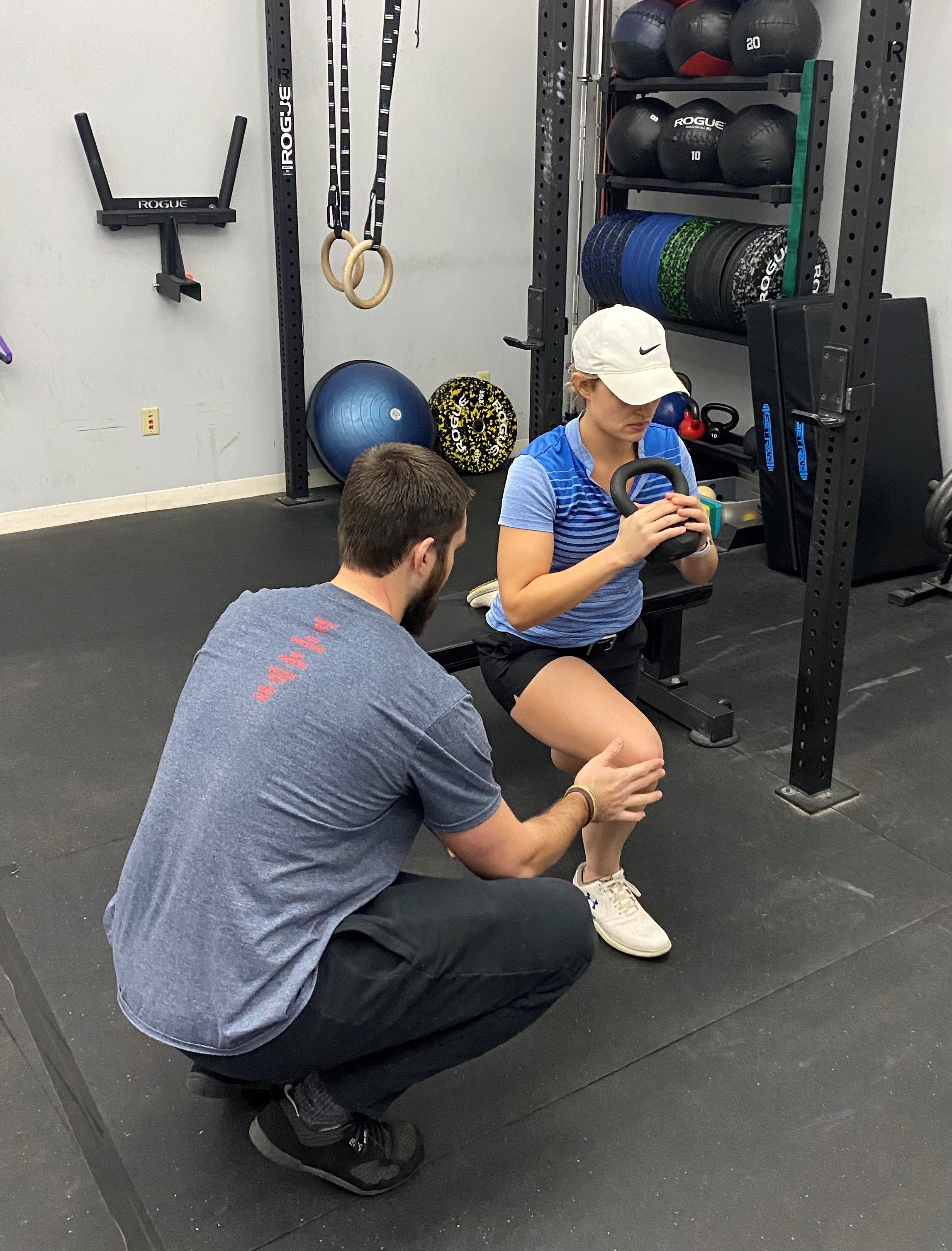The Importance of Strength Training for ALL Athletes

Strength Training for All Athletes
When you think of performing strength training for sport, many people associate it with the more “popular” sports – football, basketball, baseball, etc. What many people do not consider is how beneficial strength training can be for ALL sports and ALL athletes! This article will consider benefits for athletes such as golfers, distance runners, or female youth athletes (which could be an article all on its own). While it may not be as uncommon as it used to be, the popularity of strength training for cross country runners or golfers still pales in comparison to its association with high school football or the men’s college basketball team.
Strength Training as Injury Prevention
 Arguably the biggest benefit that comes from strength training is injury prevention. Strength training provides a stimulus for growth and strengthening, not only to muscle but to passive structures like tendons and ligaments, as well as bone. Bone is an active structure, and training with external loads provides a catalyst for it to become stronger and denser. Stronger bones and passive tissues mean less likelihood of injury.
Arguably the biggest benefit that comes from strength training is injury prevention. Strength training provides a stimulus for growth and strengthening, not only to muscle but to passive structures like tendons and ligaments, as well as bone. Bone is an active structure, and training with external loads provides a catalyst for it to become stronger and denser. Stronger bones and passive tissues mean less likelihood of injury.
Similarly, when a muscle gets stressed (in a good way) via strength training, it has been “taught.” It experiences how to manage external forces greater than your own bodyweight. So when you as an athlete land from a rebound, or strike the ground on the last mile of your half-marathon, your body has been trained and is able to more easily absorb those forces, and your likelihood of injury has been decreased.
Benefit of Strength Training
A second benefit to strength training is in the name itself – strength! While the goal of training for a linebacker or power forward may be to build some serious muscle, other athletes may not need or want to build more muscle. Athletes, such as a gymnast or a long-distance runner, really just want improved strength without increasing their size. To use an analogy, if athletes such as these are able to build up their foundational strength, it is like upgrading the engine in your car from a V6 to a V8. The athletes upgrade their “engines” with more power and reserves from which to pull from when they are on the last couple miles of their run or on day four of a golf tournament.
Improved Efficiency
Another benefit that strength training has for all athletes is the increased motor unit recruitment and neuromuscular efficiency developed via training. What does that mean? To put it very simply: your body gets better (more efficient) at contracting as many muscle fibers as it can at the same time to perform an action.
 For example, if you look at a distance runner’s form, you may see inefficiencies such as too little or too much trunk motion, or a stride length that is too long or short. Some of this may be due to weak glute muscles, which are needed to propel you forward and keep you upright. Or some of it may be due to weak abdominal muscles, which help steady you and keep you from excessively rotating your trunk. This is where strength training becomes important. If your glutes become more efficient and stronger at hip extension via lunges and glute bridges, your stride length may improve and your hips won’t drop on one side because your glutes and abs can now hold your pelvis steady.
For example, if you look at a distance runner’s form, you may see inefficiencies such as too little or too much trunk motion, or a stride length that is too long or short. Some of this may be due to weak glute muscles, which are needed to propel you forward and keep you upright. Or some of it may be due to weak abdominal muscles, which help steady you and keep you from excessively rotating your trunk. This is where strength training becomes important. If your glutes become more efficient and stronger at hip extension via lunges and glute bridges, your stride length may improve and your hips won’t drop on one side because your glutes and abs can now hold your pelvis steady.
So, even if you are an athlete competing in a sport where strength training isn’t commonplace, consider adding a couple of days of strength work into your routine. It can help make you more injury resilient, give you more power and strength to push those last couple miles, and even help you outdrive your buddies off the tee.
 262-373-9168
262-373-9168



